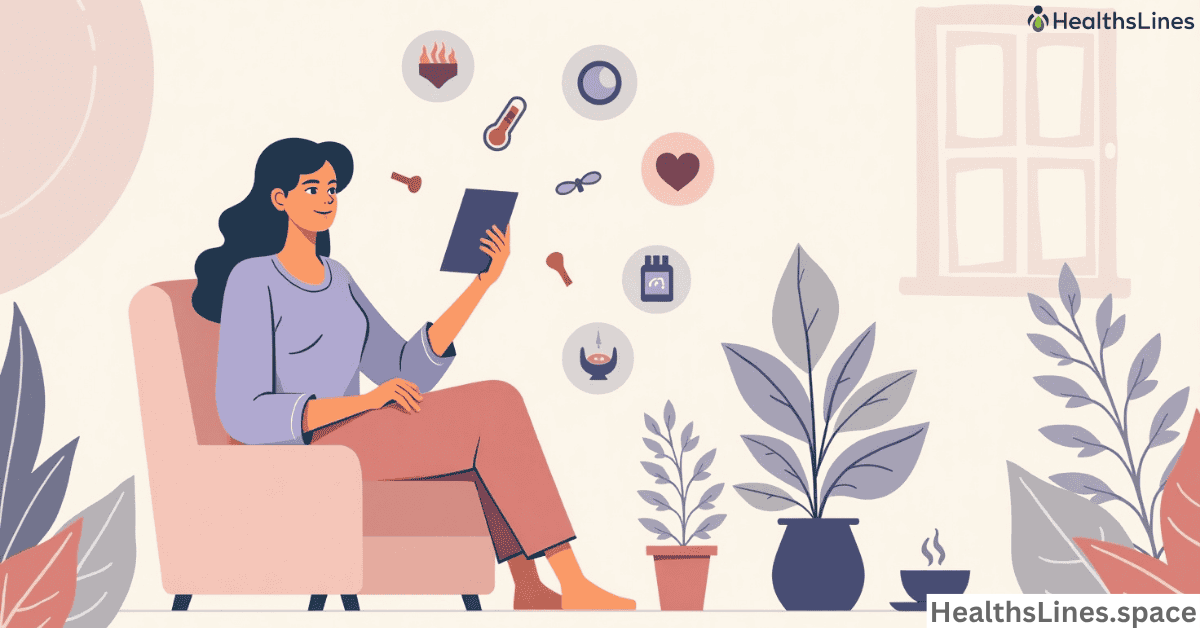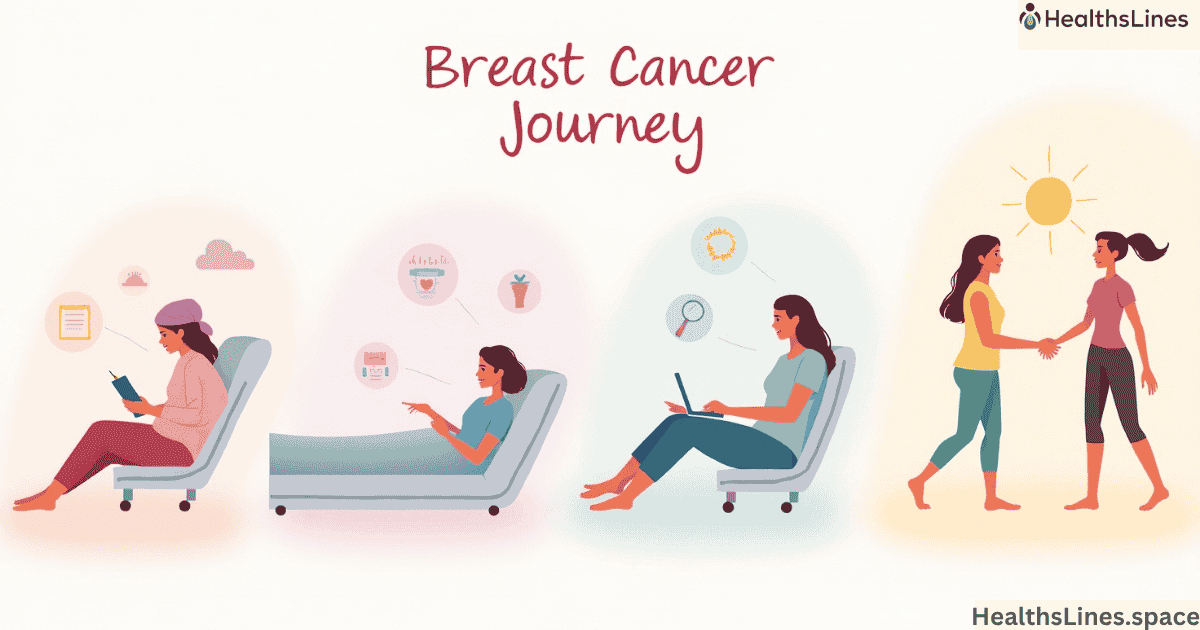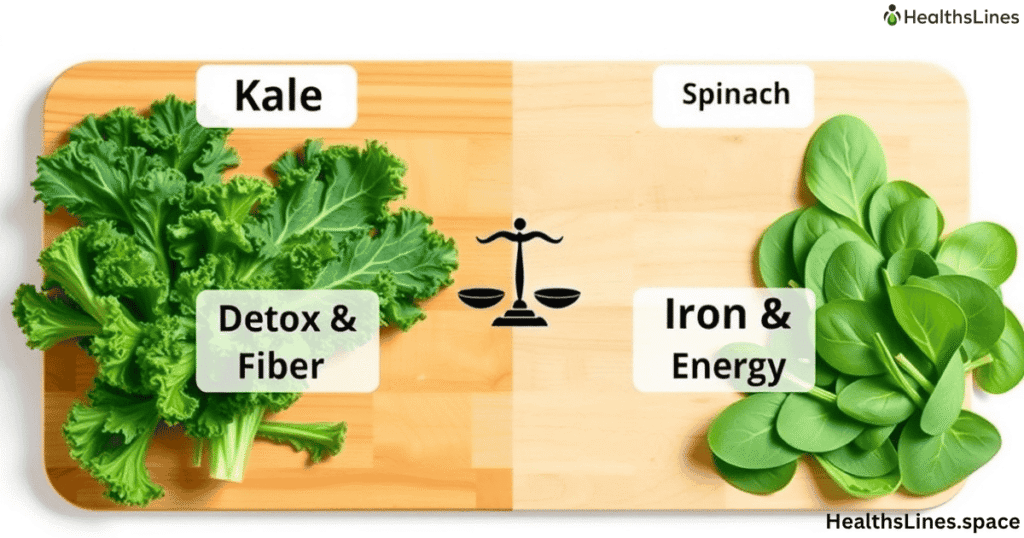Breast Cancer Treatment Options
When someone is diagnosed with breast cancer, one of the first things they want to know is what treatment options are available. Breast cancer treatment usually includes surgery, chemotherapy, and radiation therapy, sometimes used together Breast Cancer Treatments: Surgery, Chemo & Radiation Guide. Each treatment works differently, and your oncologist will create a plan based on your cancer type, stage, and personal health.
The three main types of cancer therapy are used to either remove the tumor, kill cancer cells, or stop them from spreading. Many people receive a combination of these methods. Knowing what to expect helps you feel more in control. Let’s break down each treatment option to help you understand the process and outcomes.
Understanding Chemotherapy
Chemotherapy is a powerful breast cancer treatment that uses drugs to destroy cancer cells. These chemotherapy medications travel through your bloodstream, so they reach cancer cells anywhere in the body. This makes it a great option for cancers that may have spread beyond the breast. It’s often used before or after surgery, or with radiation treatments.
The goal of chemo is to shrink tumors, reduce the chance of cancer returning, or kill cancer cells that surgery couldn’t remove. There are different drugs used for different types of breast cancer. Commonly used chemo drugs include doxorubicin, cyclophosphamide, paclitaxel, and docetaxel. Your oncologist may combine two or more drugs depending on your diagnosis.
Table: Common Chemotherapy Drugs for Breast Cancer
| Drug Name | How It Works | Common Side Effects |
| Doxorubicin | Attacks DNA in cancer cells | Hair loss, fatigue, nausea |
| Cyclophosphamide | Stops cancer cell growth | Mouth sores, low white cells |
| Paclitaxel | Prevents cancer cells from dividing | Numbness, joint pain, hair loss |
| Docetaxel | Blocks cell division | Swelling, infection risk, fatigue |
What to Expect During Chemotherapy
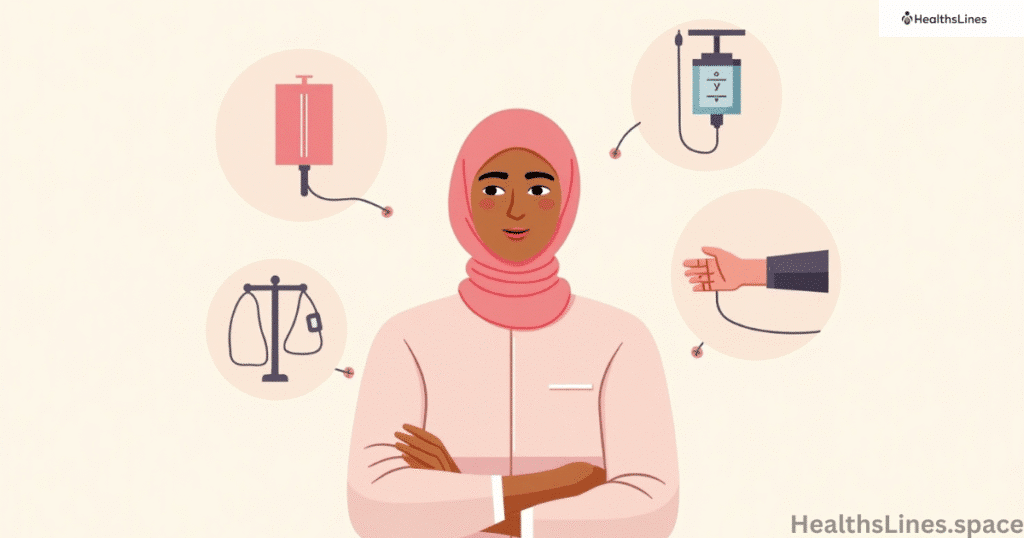
Starting chemotherapy can feel scary, but knowing what to expect makes it easier to manage. This breast cancer treatment is usually given in cycles. You might have treatment once a week or once every few weeks Breast Cancer Treatments. Each cycle includes a rest period, so your body has time to recover. Most chemo sessions happen in a hospital or clinic. You sit in a chair while medicine is given through a needle in your vein, a port, or sometimes in pill form. The whole visit may last a few hours.
After a few sessions, you may start to notice side effects. These can include tiredness, nausea, hair loss, or mouth sores. Some people feel fine at first but get more tired as the treatment continues Breast Cancer Treatments. Everyone reacts differently. Your oncologist will keep a close eye on your health. Blood tests are done often to check how your body is handling the drugs. If your white blood cells drop too low, you may need extra care to avoid infections.
Doctors usually give medicine to help with side effects, such as anti-nausea drugs or growth boosters for blood cells. Eating healthy food, drinking lots of water, and getting rest are very important. Some patients bring a book, a friend, or music to help pass the time during cancer therapy sessions. Let your care team know if anything feels off. They’re there to help you stay as strong and comfortable as possible throughout your chemotherapy journey.
Radiation Therapy and How It Works
Radiation therapy is a common breast cancer treatment that uses high-energy rays to kill cancer cells. After surgery, small amounts of cancer may still be left in the breast or nearby. Radiation treatments target those cells and destroy them Breast Cancer Treatments. This helps lower the chance of the cancer coming back. The treatment is painless and only takes a few minutes each day, though you may need to visit the hospital five days a week for several weeks.
The most used method is external beam radiation therapy. A machine sends radiation to the exact spot on your breast where cancer was found. It’s planned carefully by a radiation oncologist using scans and special markers on your skin. Another option is brachytherapy, which places small radioactive seeds or tubes inside the body near the tumor site. This type is sometimes used for early-stage cancers and may be completed in a shorter time.
The goal of radiation therapy is to destroy cancer cells while saving healthy ones. Still, some normal tissue can be affected. You may feel tired, and the skin on your breast might turn red or peel, like a sunburn. These side effects usually get better after treatment ends. Most people can continue daily activities during radiation therapy, but it’s good to take things slow. Your doctor and care team will guide you, answer your questions, and help you stay as comfortable as possible throughout the process.
What to Expect During Radiation Therapy
Getting ready for radiation treatments starts with a planning visit. You lie still while the team marks the exact spot to target. During actual sessions, you’ll lie on a table while the machine moves around you, sending beams into your body Breast Cancer Treatments. You won’t feel the rays, but you may notice fatigue building up over time.
Side effects of radiation therapy include skin redness, peeling, or swelling around the treated area. Some people feel very tired or notice breast changes. These effects usually go away after treatment ends, but long-term effects like tissue stiffness or mild chest pain may linger. Your care team will show you how to care for your skin and manage tiredness during therapy.
Surgery for Breast Cancer
Surgery is often the first major step in breast cancer treatment. Its goal is to remove the tumor from your breast and, sometimes, the tissue around it. The type of surgical procedure your doctor recommends depends on the size and location of the tumor, the stage of your cancer, and your overall health. There are two main kinds of surgery: breast-conserving surgery and mastectomy.
Breast-conserving surgery, also called a lumpectomy, removes just the tumor and a small amount of surrounding healthy tissue. The rest of your breast stays intact. This option works best for small tumors that haven’t spread. After this surgical procedure, radiation therapy is often used to make sure no cancer cells are left behind.
A mastectomy removes the whole breast. Sometimes, both breasts are removed, especially if you’re at high risk of getting cancer again. If cancer has spread to the lymph nodes, your surgeon may remove those too. Some women choose to have reconstructive surgery at the same time or later to rebuild the breast’s shape.
After surgery, you might feel sore, swollen, or numb in your chest or arm. These are common side effects, and your care team will help manage them. Healing takes time. You may need help moving your arm or doing daily tasks at first. Your oncologist will explain how to care for your wound, what symptoms to watch for, and when you can return to regular activities. Surgery is a big step, but it’s also one of the most effective tools for beating breast cancer.
What to Expect Before and After Surgery
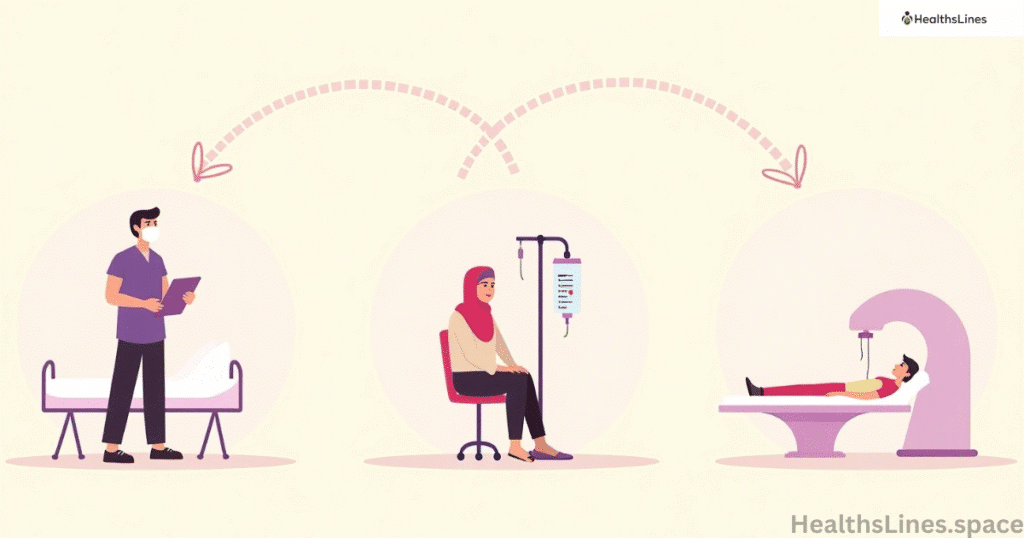
Before surgery, your doctor will explain the procedure and help you prepare. You might need blood tests or imaging scans. On the day of the operation, you’ll get anesthesia so you don’t feel anything. Most people go home the same day or after a short hospital stay.
After surgery, pain and swelling are normal. You may need help moving your arm or doing daily tasks at first. Recovery depends on the type of surgical procedure and whether you had lymph nodes removed. Physical therapy, rest, and proper wound care are important. Some patients wear a special bra to support healing. Your doctor will guide you on what activities to avoid and when to return to normal life.
Combining Treatments for Better Results
In many cases, your breast cancer treatment plan includes more than one approach. You might have surgery first, followed by radiation therapy, or chemotherapy before surgery to shrink the tumor. This is called a multimodal approach and can improve the chances of curing the Breast Cancer Treatments.
Your treatment path depends on many factors, including the cancer stage, genetic markers, and response to earlier treatment. For example, if you have triple-negative breast cancer, you may need aggressive chemo. If your tumor has HER2 protein, targeted therapy might be added. Your oncologist and radiation oncologist work together to create a schedule that gives you the best chance of success.
Side Effects and How to Manage Them
Every breast cancer treatment—whether it’s chemotherapy, radiation therapy, or surgery—can cause side effects. These effects happen because cancer therapy not only attacks cancer cells but can also affect healthy cells. What you experience depends on your body and the type of treatment you get. Some side effects are short-term, while others can last longer.
During chemotherapy, common side effects include feeling very tired, losing your hair, nausea, and a higher risk of infection. Some people also get mouth sores or feel a change in taste. Your oncologist will monitor your blood levels and may adjust your chemotherapy medications if needed. Eating light meals, staying hydrated, and resting can help. Medications are also available to reduce nausea and boost your immune system.
For radiation treatments, you might see changes in your skin—like redness, peeling, or itching. Fatigue is also common, especially later in the treatment. Use mild soap, avoid tight clothes over the treated area, and ask your radiation oncologist about creams to soothe your skin.
After surgery, you may feel sore or stiff in your chest and arm. Follow all care instructions, avoid heavy lifting, and do any gentle movements your doctor suggests to help recovery. Pain relievers and rest will help in the first few weeks.
Always tell your care team how you’re feeling. They can adjust your treatment or provide support. You don’t have to suffer through side effects—there are many ways to feel better as you heal.
Questions to Ask Your Oncologist
Talking to your oncologist helps you make informed choices. Ask about the risks and benefits of each treatment option. Find out what the goals are: curing the cancer, shrinking it, or stopping it from spreading. Also ask how treatment might affect your future health, fertility, or daily life.
You should also ask about clinical trials. These may offer new types of breast cancer treatment not widely available. If you’re unsure, getting a second opinion from another oncologist is always okay. It can give you peace of mind and help confirm the best path for you.
Conclusion
Breast cancer treatment often includes a mix of chemotherapy, radiation therapy, and surgery. Each method fights cancer in its own way. Your care team will design a plan that works best for your health, lifestyle, and type of cancer. Understanding your options and asking questions makes it easier to face treatment with confidence.
Every case is different, but you’re not alone. With the right knowledge, support, and care, many people go on to live healthy, happy lives after treatment. Stay informed, stay strong, and never hesitate to ask for help when you need it.


